
Filter News
Area of Research
- (-) Energy Science (27)
- (-) Neutron Science (5)
- (-) Nuclear Science and Technology (28)
- (-) Quantum information Science (2)
- Advanced Manufacturing (3)
- Biology and Environment (2)
- Computer Science (3)
- Energy Sciences (1)
- Fusion and Fission (4)
- Fusion Energy (8)
- Isotopes (3)
- Materials (24)
- Materials for Computing (3)
- National Security (6)
- Nuclear Systems Modeling, Simulation and Validation (1)
- Supercomputing (13)
News Topics
- (-) Biotechnology (2)
- (-) Cybersecurity (5)
- (-) Energy Storage (22)
- (-) Isotopes (4)
- (-) Nuclear Energy (29)
- (-) Space Exploration (4)
- 3-D Printing/Advanced Manufacturing (33)
- Advanced Reactors (11)
- Artificial Intelligence (6)
- Big Data (3)
- Bioenergy (19)
- Biology (1)
- Biomedical (12)
- Chemical Sciences (2)
- Clean Water (6)
- Composites (3)
- Computer Science (26)
- Coronavirus (15)
- Environment (32)
- Exascale Computing (1)
- Fusion (7)
- Grid (9)
- High-Performance Computing (1)
- Machine Learning (7)
- Materials (2)
- Materials Science (23)
- Mathematics (2)
- Mercury (1)
- Microscopy (6)
- Molten Salt (2)
- Nanotechnology (11)
- National Security (1)
- Neutron Science (52)
- Physics (7)
- Polymers (5)
- Quantum Science (10)
- Security (2)
- Summit (6)
- Transportation (24)
Media Contacts

Researchers at the Department of Energy’s Oak Ridge National Laboratory have received five 2019 R&D 100 Awards, increasing the lab’s total to 221 since the award’s inception in 1963.
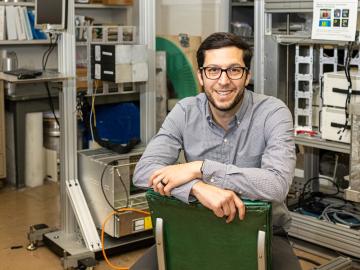
Jason Nattress, an Alvin M. Weinberg Fellow at the Department of Energy’s Oak Ridge National Laboratory, found his calling on a nuclear submarine.

Two of the researchers who share the Nobel Prize in Chemistry announced Wednesday—John B. Goodenough of the University of Texas at Austin and M. Stanley Whittingham of Binghamton University in New York—have research ties to ORNL.

Three researchers at Oak Ridge National Laboratory will lead or participate in collaborative research projects aimed at harnessing the power of quantum mechanics to advance a range of technologies including computing, fiber optics and network
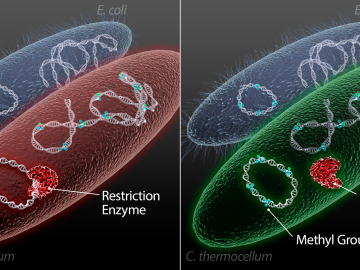
Scientists at the US Department of Energy’s Oak Ridge National Laboratory have demonstrated a method to insert genes into a variety of microorganisms that previously would not accept foreign DNA, with the goal of creating custom microbes to break down plants for bioenergy.
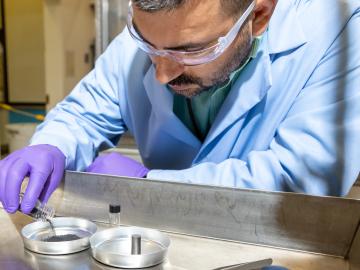
Ask Tyler Gerczak to find a negative in working at the Department of Energy’s Oak Ridge National Laboratory, and his only complaint is the summer weather. It is not as forgiving as the summers in Pulaski, Wisconsin, his hometown.

Scientists at Oak Ridge National Laboratory studying quantum communications have discovered a more practical way to share secret messages among three parties, which could ultimately lead to better cybersecurity for the electric grid
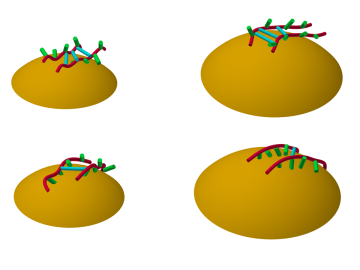
A team of researchers at Oak Ridge National Laboratory have demonstrated that designed synthetic polymers can serve as a high-performance binding material for next-generation lithium-ion batteries.
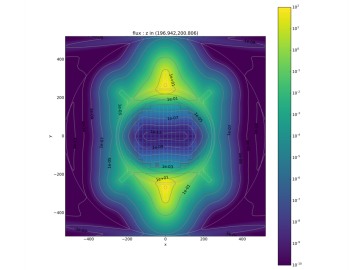
Researchers have developed high-fidelity modeling capabilities for predicting radiation interactions outside of the reactor core—a tool that could help keep nuclear reactors running longer.
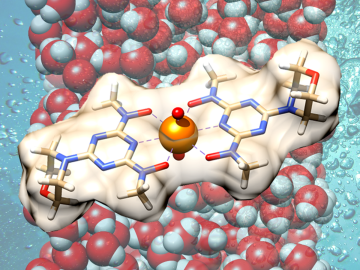
Scientists have demonstrated a new bio-inspired material for an eco-friendly and cost-effective approach to recovering uranium from seawater.


